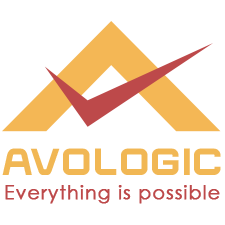Bootstrap is a popular front-end development framework that helps developers create responsive and mobile-first websites. Bootstrap provides a comprehensive set of tools and features for designing and building modern, user-friendly web applications.
A Bootstrap course typically covers the following topics:
- Introduction to Bootstrap: This section introduces the basic concepts and features of Bootstrap, including the grid system, typography, and pre-built components.
- HTML and CSS basics: In order to use Bootstrap effectively, it is important to have a solid understanding of HTML and CSS. A Bootstrap course may cover these topics in-depth or assume a basic level of proficiency.
- Responsive design: Bootstrap is designed to create responsive websites that look great on all devices. A Bootstrap course will cover the principles of responsive design and how to implement them using Bootstrap.
- Components: Bootstrap provides a wide range of pre-built components such as navigation bars, forms, buttons, and modals. A Bootstrap course will cover how to use these components effectively in your designs.
- Customization: Bootstrap allows developers to customize the look and feel of their websites using themes and custom CSS. A Bootstrap course will cover how to customize Bootstrap to meet the needs of your specific project.
- JavaScript plugins: Bootstrap includes a range of JavaScript plugins such as carousels, tooltips, and modals. A Bootstrap course will cover how to use these plugins and customize their behavior.
Overall, a Bootstrap course is a great way to learn how to create modern, responsive websites quickly and easily using the Bootstrap framework. It can help developers save time and effort, reduce errors, and improve the quality of their web applications.
Page Copyright
© Copyright @Avologic 2016 - 2023 All Rights Reserved.
